Share
Can High-Fashion Ads Be More Diverse? This Campaign Says Yes
Despite much progress, many high-fashion brands still lack diversity in their advertising today. To call attention to this, photographer and design...
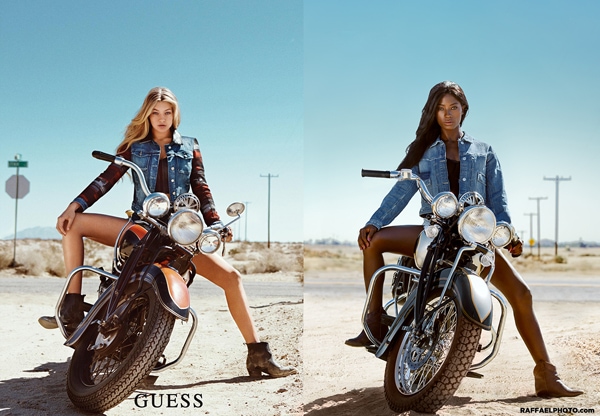
Despite much progress, many high-fashion brands still lack diversity in their advertising today. To call attention to this, photographer and designer Raffael Dickreuter partnered with West African model Deddeh Howard to recreate print ads from brands like Chanel, Gucci, Louis Vuitton, and David Yurman – but featuring Deddeh instead of white models.
The purpose? To encourage a more inclusive fashion industry.
We spoke with Raffael about how the campaign – dubbed “Black Mirror” – came to fruition, which shot was most challenging to replicate, and why the message is important.
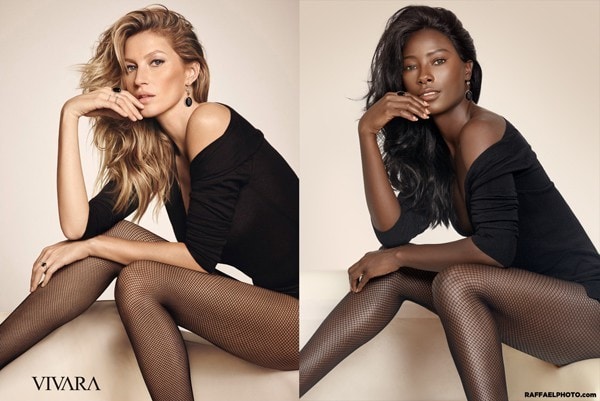
© Raffael Dickreuter
Tell us about the campaign you worked on with model Deddeh Howard.
When browsing through fashion magazines or looking at billboards in Los Angeles, it seemed strange that in this day and age, you rarely see black models. It was only when I started to look through Deddeh’s eyes, that the idea came to me on how to address this.
Trying to replicate some of the most famous ad campaigns is a daunting task in itself. But on top of that, having an unknown model who could go head-to-head with the likes of Gisele Bundchen, Kate Moss or Candice Swanepoel and hold her own, was another big challenge.
I give a lot of credit to Deddeh for pulling this off. We put the project out there, and a few hours later it was on ABC, Good Morning America, BBC World News, TIME, Cosmopolitan, People, and in other outlets around the world. It was an incredible experience.
Why was this message important to you?
The message is important because in the end, it’s all about inclusion. We live in a time of globalization. People travel everywhere. There are many mixed-race couples. And we can learn about different countries, cultures and races more easily than ever before thanks to the internet. Yet if you look at the world’s biggest brands that many women aspire to buy from, you realize that only one look is predominantly represented. Just like having a first black president meant breaking through a ceiling, the great brands of this world need to break through and be more inclusive.
With that in mind, it was most important that this project was positive. I didn’t want to complain about racism, but rather make a point by showing an alternative to what high fashion ads could look like. Deddeh and I both wanted to show what is possible not only for the fashion world, but also show what a photographer and a model can achieve together.

© Raffael Dickreuter
Walk us through the creative process. What elements (lighting, location, etc) did you have to consider before setting up each shot?
The creative process started with a lot of research on the big fashion brands. I assumed that we would only move forward with a couple options, but to my surprise, we included almost all of them — Gucci, Chanel, and Louis Vuitton, to name a few.
The next step was to find the right clothing and accessories (and some items weren’t even available anymore). We wanted to replicate the shots as close to the original as possible, but also purposely leave very subtle differences so it was clear that these were created from scratch, and weren’t photoshop composites.
When looking at the original ads, we had to determine exactly how each was shot, what lights were likely used, and then break down each photo piece by piece to recreate it. In the end, it took about three months from concept to completion.

© Raffael Dickreuter
What kind of team was required to pull off each shot? Is there any advice you can give photographers when working with a team on set?
The whole project was done on a very low budget, which is a big challenge when you’re trying to replicate shots from brands who can spend much more. In the end, the campaign was mostly shot at my own place. I give a lot of credit to the great makeup artist Jessica Davis for doing an incredible job with all the hair and makeup for each look.
But when working with a team, however small or large, my advice is simply to plan your shots. Think ahead about what issues you might run into. The more things that are ready in advance, the less you will get stressed on shoot day. Without a doubt, unforeseen things will always happen, and you need to know what to do.

© Raffael Dickreuter
What challenges did you have replicating these ads? Was there a particular ad that was most challenging to recreate? Why?
Every image had its own challenges, from time spent to find the right clothes and accessories, to reverse engineering the lighting and setup, to achieving the right hair and facial expression.
The ad we had the most challenge replicating, however, was the Guess shoot. First it took quite some time to figure out exactly what motorcycle we needed (you can’t see the brand name in the original ad). After figuring it out thanks to friends, I assumed I could just go to a bike shop and rent one. Step by step it became clear that this was a very rare motorcycle with a very high price tag. It took several months to track one down.
The second challenge with the Guess shoot was finding a location that not only was similar, but could also replicate a matching sun position so the shadows were correct. There were several times I found a location that I thought would work great, but would face the wrong direction and affect shadow lines. But for all it took, this shot will always be special to me.
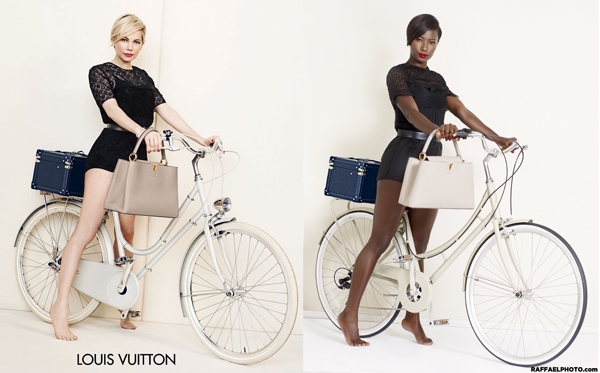
© Raffael Dickreuter

© Raffael Dickreuter
What are your go-to, essential pieces of gear in your photo kit?
I mainly use a Canon 5D Mark III with prime lenses, such as 50m, 85mm or 135mm. Having a background in film, prime lenses help me make more specific choices with my shots. Lighting-wise, I love the Profoto B1 for on location work and Chimera softboxes as light modifiers.
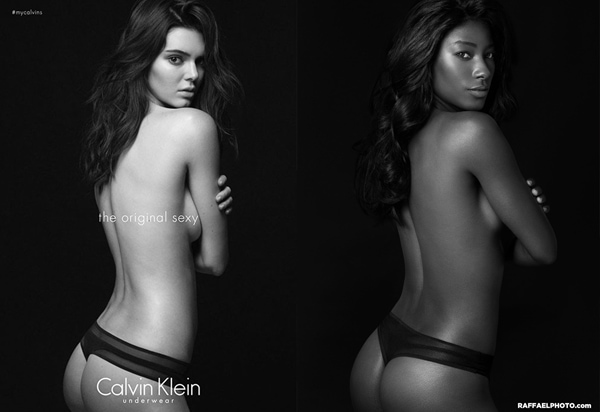
© Raffael Dickreuter
Which photo apps are on your phone? Is there an app you like best?
For photography, I found the app Sunseeker very helpful. For the Guess motorcycle shot, it helped me pre-visualize where the sun would be and figure out how to shoot the image so the shadows were perfect. Sunseeker was a great help for that.
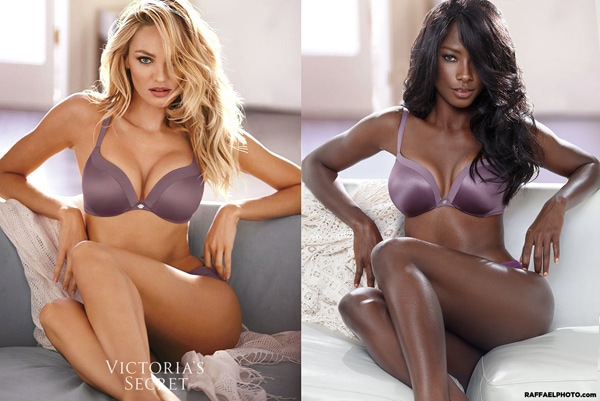
© Raffael Dickreuter
In your opinion, what separates a good portrait from a great portrait? In your own work, how do you determine whether or not your portraits are successful?
It always comes back to the story. You can shoot a technically perfect photo, which I used to obsess about more in the beginning of my career. But in the end, the image won’t have an impact if the story behind it doesn’t come through.

© Raffael Dickreuter
Follow Raffael’s work:
Website: http://www.raffael3d.com/
Instagram: @raffael3d


